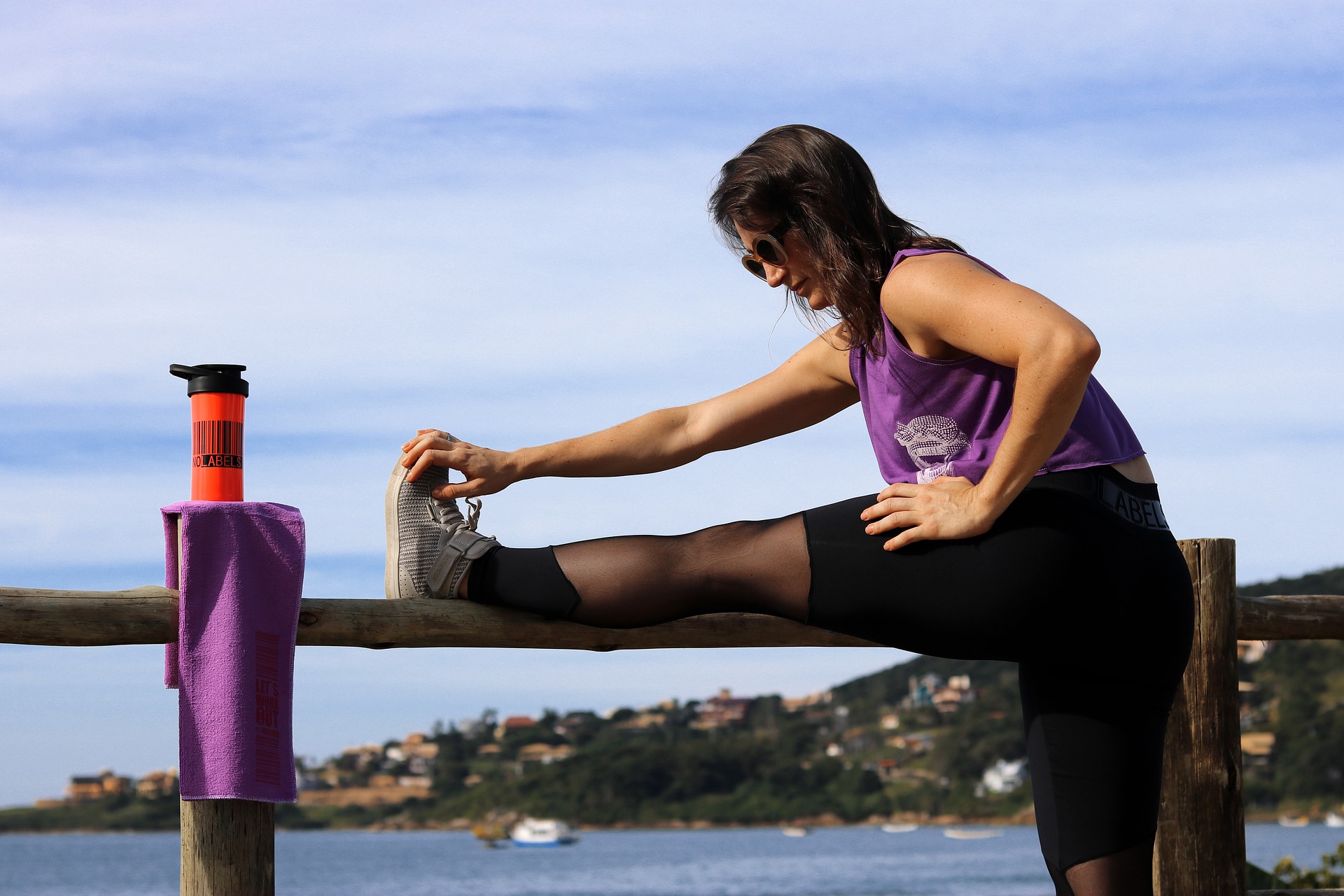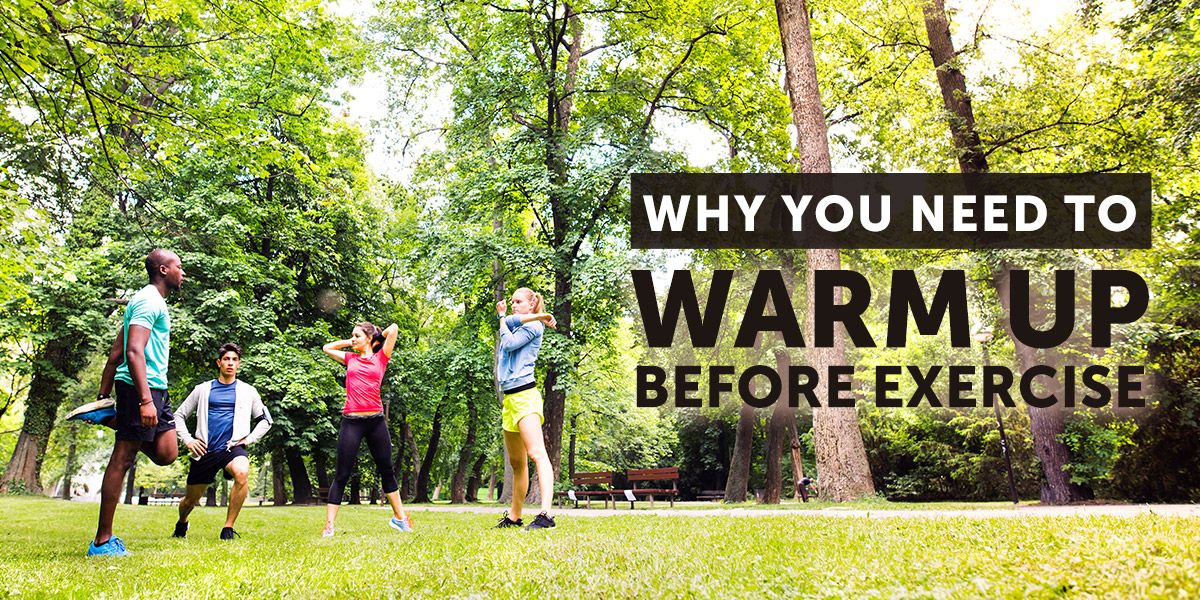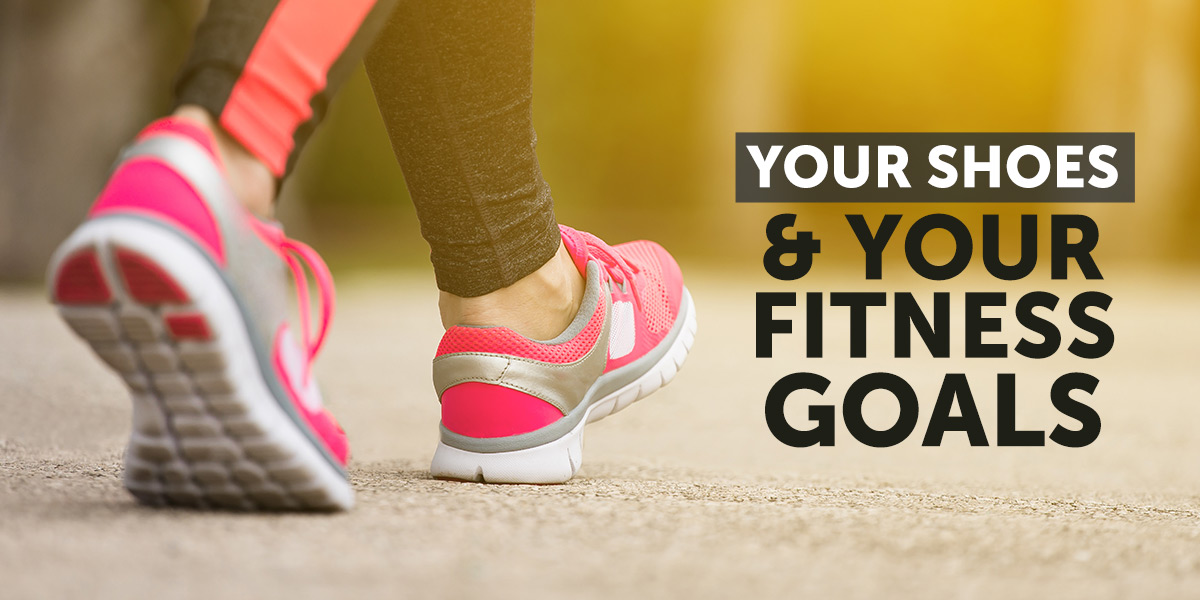We’ve probably all skipped a warmup before we’ve dived into a workout, right? We may have even reasoned with avoiding it because we’ll ‘warm up during exercise’, or ‘it’s just a pre-workout before my workout so what’s the point?’.
If you’re a warmup-skipper, here are the reasons you might want to reconsider.
Warm-ups prepare your muscles for activity
Think of your muscles like a car engine. They aren’t raring to go at every hour of the day. A lot of the time, they’re sitting fairly dormant or with certain parts under/overworked and expecting them to perform at their best instantly is expecting too much.
Warming up activates your muscles to lengthen and switches on the ‘stretch reflex’, sending signals to the brain that essentially optimises and ‘warms up’ your muscles in preparation for exercise.
Muscles that have been effectively warmed up are better primed to perform at their best.
Warmups help avoid injuries
All the muscle groups you’re using throughout your workout start off ‘cold’ until they are warmed up and begin to function and move more fluidly. Your muscle groups have ligaments, tendons and cartilage with blood flowing through them, and when they’re made to work hard without being warmed up, they’re at more risk of straining, tightening, and even snapping.
By warming up those hardworking parts, you help them to have a better range of movement and elasticity, decreasing your risk of injury during your workout.

Your warmup depends on your workout
Warm-ups aren’t a ‘one size fits all’ approach to exercising at peak performance. Afterall, there are around 640 skeletal muscles in the average human body, organised into major groups, each responsible for their own area. Unless you’re some kind of superhero, you’re probably not going to use all of them in your workout.
Different workouts with different intensities call for different warmups. For example, runners focus on warming up areas such as the hamstrings and quadriceps, while upper body workout warmups will need to target pectorals, trapezius, triceps, and biceps.
Stretching - Dynamic vs Static
Dynamic stretching (jogging on the spot, bodyweight squats etc.) are perfect for warming up because it helps the muscles reach their full range of motion in a way that is functional and constantly active while increasing blood flow to help gear them up for action. Static stretching (long holds in the same stretched position) are ideal as a post-workout cooldown, but as a warmup, they allow the muscles to lengthen but not contract, meaning they’re not getting the full range of motion they need.
NOTE: This blog content was authored by James Crook of Massage Champions, and he gave me permission to format and share it with you.





